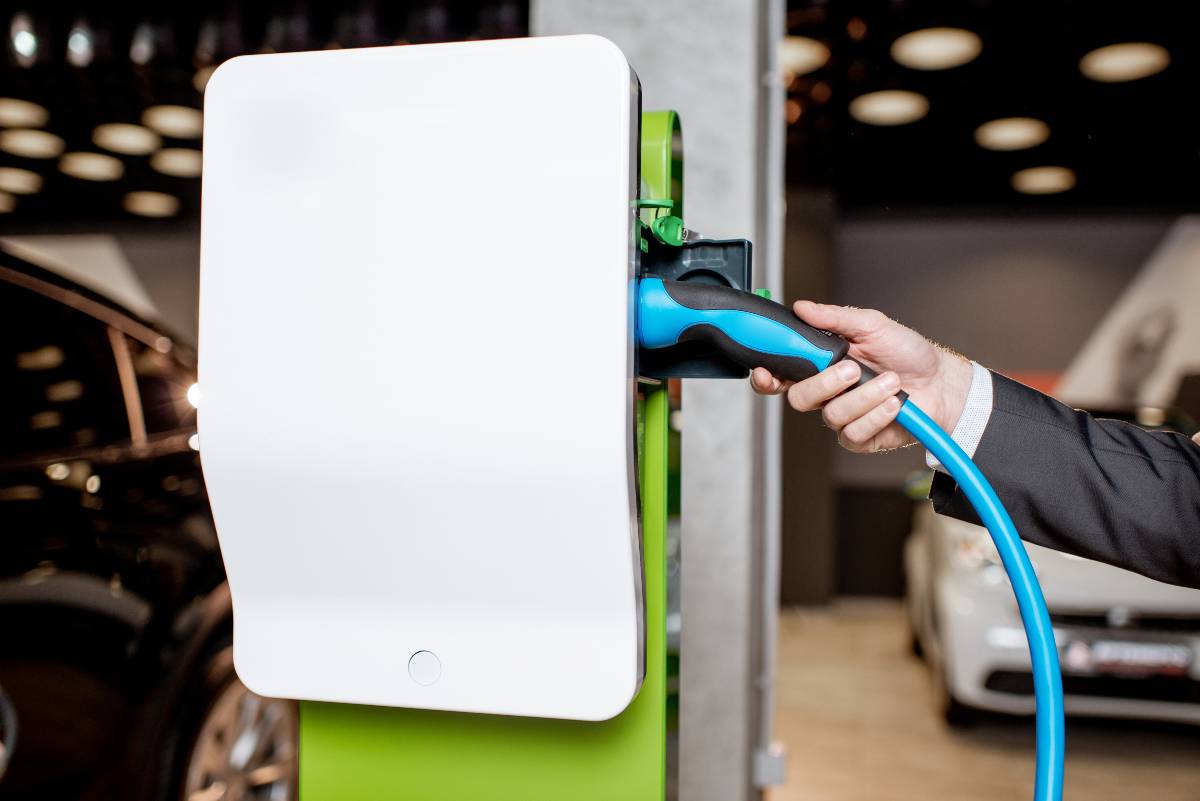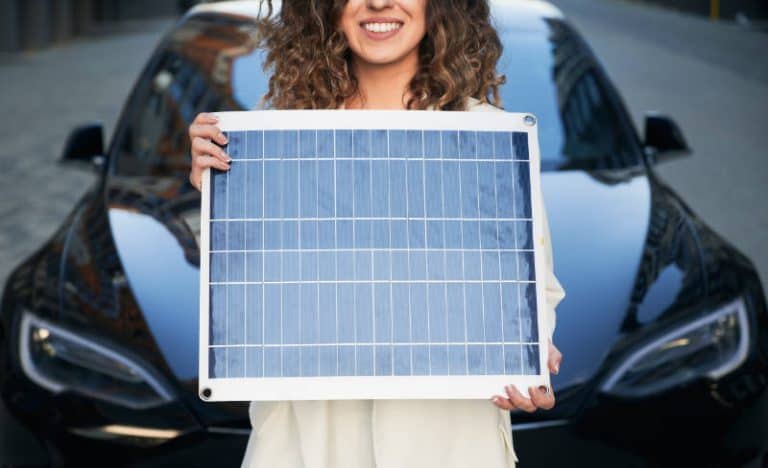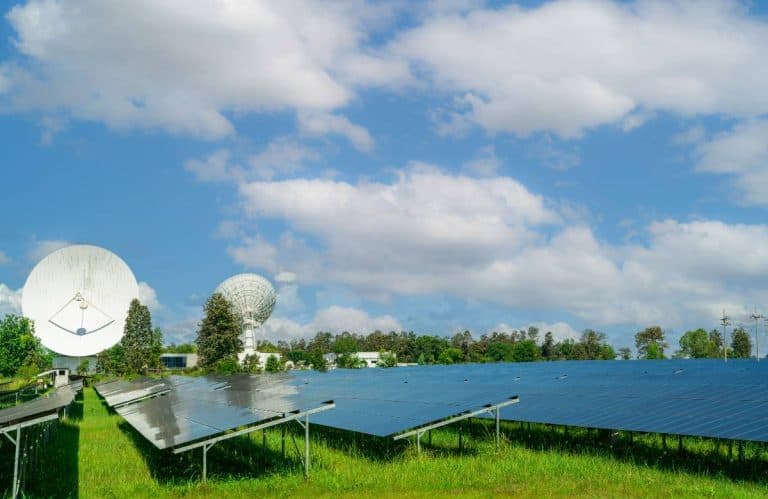What You Need To Know: Public Solar EV Charging Stations
As electric vehicles continue to grow in popularity, developing widely available public charging infrastructure is critical. Though most EV owners charge at home, public solar-powered charging stations give them the ability to top up their battery while on the go using clean energy from the sun. Unlike diesel or gas vehicles that emit greenhouse gases, utilizing renewable solar energy to fuel electric cars reduces environmental impact. Investing in convenient public solar EV chargers paves the way for mass EV adoption, allowing drivers to charge rapidly during a short stop without relying solely on the electrical grid.
Key Takeaways
- Public solar EV charging stations provide renewable electricity to power electric vehicles while out and about.
- They offer environmental benefits like lower emissions and sustainability compared to traditional charging stations.
- Key factors for locations include sun access, proximity to destinations, and adequate spacing between stations.
Why Public Solar EV Charging Stations Are Critical for the Future
As electric vehicles rapidly gain adoption, developing widely available solar-powered charging infrastructure enables sustainable carbon-free transportation. By leveraging renewable energy to fuel EVs rather than relying on fossil fuels, public solar EV charging paves the way for clean mobility.
Main Types of Public EV Charging Stations
When evaluating solar EV charging stations for public installations, owners must consider factors like charging speeds and installation costs. The three primary types of public stations include:
- Level 1 Charging Stations: Offer charging through a 120V AC plug, providing 2-5 miles of range per hour charged. Low installation costs, but very slow.
- Level 2 Charging Stations: The most common public charger, uses a 240V connection that can add 10-20 miles per hour of charging. Moderately fast charging speeds.
- DC Fast Charging (DCFC): Requires high-voltage 480V connection, but can add 60-80 miles of range in only 20 minutes. Very rapid but more expensive.
Solar power pairs well with Level 2 and select DC fast charging stations. Determining the appropriate solution requires balancing charging speed needs with the available budget.
Benefits of Solar-Powered Public EV Charging
Integrating solar power with public EV charging infrastructure provides multiple unique advantages:
Renewable and Sustainable
Unlike the electric grid largely powered by fossil fuels, solar energy generates electricity through photovoltaic panels without any carbon emissions. By directly leveraging the sun’s rays, EV drivers can utilize renewable electricity for transportation needs.
Reduce Grid Dependence
Excessive grid demand for EV charging could overload infrastructure not designed to handle the added electricity load. Solar energy reduces strain on the grid, especially during peak daylight hours aligned with prime solar production.
Lower Charging Costs
Eliminating the electrical utility middleman means lower charging prices for public station owners and EV drivers alike. Solar energy has no associated fuel costs, so it offers free daytime electricity for EV charging purposes.
Available Anywhere with Sun Access
While standard grid connections may be unavailable in some remote areas, solar EV chargers can be installed in any location with sufficient solar exposure.

Key Considerations for Solar EV Charging Locations
Prime placement for public solar EV chargers should maximize sun access throughout the year while locating stations conveniently close to destinations like shopping centers. Adequate solar exposure coupled with enough spacing between vehicles for multiple EVs to charge simultaneously is vital. South-facing orientation in the northern hemisphere offers the ideal directional orientation.
Solar EV Charging Industry Growth Projections
Industry analysts forecast tremendous growth for public solar EV charging. Annual installations of solar-connected EV chargers could top over 1.5 million globally within the next 3-4 years. Several markets like the United States, Germany, Netherlands, and Norway are leading this transition. Major corporations have also started unveiling plans to deploy solar EV charging networks.

Case Studies of Successful Implementations
Walmart Solar EV Charging Stations
Walmart has rolled out solar EV charging to over 300 locations thus far, offering shoppers free renewable electricity topping during store visits.
Tucson International Airport Solar Charging Hub
Tucson Airport constructed a solar charging hub in 2018 capable of charging over 20 vehicles daily using on-site solar energy and battery storage. The convenient airport location and free charging help demonstrate viability.
Government Incentives to Install Solar EV Charging
Federal Tax Credits
A 26% federal tax credit lasting through 2032 helps offset solar EV charging station costs. Businesses can combine this with additional incentives.
State and Local Incentives
Many state, city, and utility-level rebates provide funding for installing public solar EV charging infrastructure, from California to Massachusetts.
Integrating Storage to Enable Fast Charging
To power DC fast charging, which draws high levels of instantaneous power, grid or solar connections alone may prove insufficient. Adding battery energy storage helps meet sudden power demands, and then recharges during off-peak solar production periods.
FAQs
How are public solar EV charging stations beneficial?
Public solar EV charging reduces range anxiety for drivers by offering convenient renewable electricity recharging when away from home. The environmental benefits and lower costs also make adoption compelling long-term.
What incentives exist to install public solar EV charging stations?
A federal tax credit covering 26% of costs as well as additional state/local rebates and incentives help offset the expense. Revenue from charging station usage provides a revenue stream.
How do solar panels connect to EV charging stations?
The solar panels feed into an inverter that transforms DC electricity into usable AC power, which connects directly to the charging station equipment to supply clean energy to vehicles.
How many solar panels are needed to power an EV charger?
Typically you would need around 8-14 solar panels rated for 300-400 watts to sufficiently power a public EV charger, depending on charging speeds and solar resource levels.
Can solar EV charging stations work in all weather conditions?
Solar EV chargers work optimally on sunny days but can leverage battery backup during inclement weather to provide continual renewable charging access.
How does the off-grid solar charging experience differ from traditional charging stations?
The off-grid solar charging experience differs from traditional charging stations as it operates independently of the traditional power grid. Off-grid solar charging harnesses solar energy to power electric vehicles, offering a self-sufficient and environmentally friendly charging solution.
What are the benefits of using solar-powered EV charging stations during power outages?
Using solar-powered EV charging stations during power outages ensures continuous access to charging for electric vehicles, as they are not reliant on grid electricity. This provides added resilience and reliability for charging electric vehicles during unforeseen power disruptions.
Conclusion
As electric vehicles go mainstream, public solar EV charging stations provide critical sustainable infrastructure enabling carbon-free transportation. By harnessing the sun’s abundant renewable power rather than fossil fuels, solar charging paves the way for clean mobility. With immense growth forecasts ahead, now is the prime time to invest in solar EV charging to meet escalating demand. To explore specifics around deploying solar charging solutions tailored to your needs, please reach out to us.






